For best results print the cards using the Firefox Browser
Cards
(QUICK LINKS: Decks | plants | mammals | birds | | reptiles | fish | cephalopoda | insects | microbe | events
( scientist | project | modifier | technique |)

Ringed Kingfisher
Megaceryle torquata

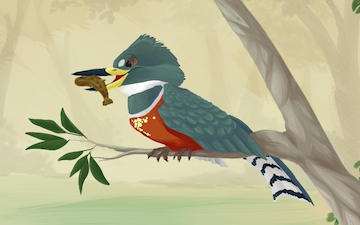
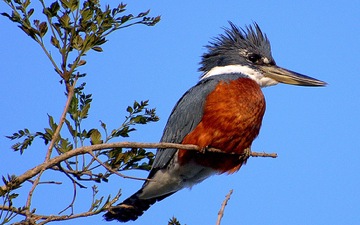
6 POINTS
• Megaceryle torquata has a FLIGHT of 2.
• Megaceryle torquata like to eat fish, small mammals, insects, small reptiles and berries.
Cool, Warm
Graphic by Teh-Aguaráteh-aguara.deviantart.com/
Photo by Dario Sancheswww.flickr.com/photos/dariosanches/
The Ringed Kingfisher (Megaceryle torquata) is a large, conspicuous and noisy kingfisher, commonly found along the lower Rio Grande River valley in southeasternmost Texas in the United States through Central America to Tierra del Fuego in South America. The breeding habitat is areas near large bodies of water, usually in heavily wooded areas where it […] read more

Japanese Cherry
Prunus serrulata



2 POINTS
• Prunus serrulata has a SPREAD of 2.
• Prunus serrulata is native to Japan, Korea, and China.
Cool, Warm
Graphic by Lishie88lishie88.deviantart.com/
Photo by Free Online Photoswww.folp.free.fr/
Prunus serrulata or Japanese Cherry; also called Hill Cherry, Oriental Cherry or East Asian Cherry, is a species of cherry native to Japan, Korea and China. It is known for its spring cherry blossom displays and festivals. Prunus serrulata is a small deciduous tree with a short single trunk, with a dense crown reaching a […] read more

Yellowbelly Sea Snake
Pelamis platura


Sorry, there is no photo available. If you have one, please submit
here
.
8 POINTS
• Pelamis platura has a MOVE of 2.
• Pelamis platurus can absorb oxygen through its skin while underwater.
x POINTS
- Pelamis platura can absorb up to 20% of their oxygen through their skin.
Warm
Graphic by Heather E. Harlowphylogame.org
The Yellowbelly Sea Snake or Pelagic Sea Snake (Pelamis platura) is a species of sea snake found in tropical oceanic waters around the world. It is the only member of the genus Pelamis. Most sea snakes are completely aquatic and have adapted to their environment in many ways, the most characteristic of which is a […] read more

Chilean Hazel
Gevuina avellana

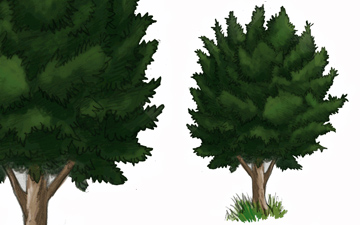
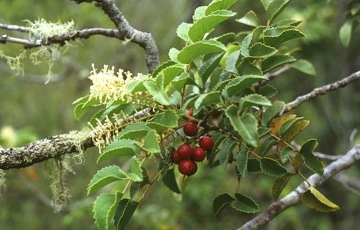
2 POINTS
• Gevuina avellana has a SPREAD of 2.
• Gevuina avellana bark is used to produce cabinetry and musical instruments.
Cool, Warm
Graphic by Teh-Aguaráteh-aguara.deviantart.com/
Photo by Franz Xavercommons.wikimedia.org/wiki/User:Franz_Xaver
Gevuina avellana (Chilean hazel, avellano chileno in Spanish) is an evergreen tree of the family Proteaceae, up to 20 meters (65 feet) tall. It is native to southern Chile and adjacent valleys in Argentina. It is found from sea level to 700 meters (2300 feet) above sea level. Its distribution extends from 35° to 44° […] read more

Harpy Eagle
Harpia harpyja


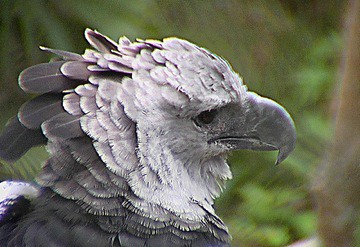
8 POINTS
• Harpia harpyja has a FLIGHT of 2.
• The word ‘harpy’ comes from the ancient Greek word harpazein, which means “to snatch.”
Warm, Hot
Graphic by Brenda Lyonswww.falconmoon.com/
Photo by Arthur Chapmanwww.flickr.com/photos/arthur_chapman/
The Harpy Eagle (Harpia harpyja), sometimes known as the American Harpy Eagle, is a Neotropical species of eagle. This species was first described by Linnaeus in his Systema naturae in 1758 as Vultur harpyja,[2] after the mythological beast harpy. It is the only member of the genus Harpia. […] Its name refers to the harpies of Ancient Greek […] read more

Ulmo
Eucryphia cordifolia



3 POINTS
• Eucryphia cordifolia has a SPREAD of 2.
• Eucryphia cordifolia wood is used for construction and as firewood.
Cool, Warm
Graphic by Teh-Aguaráteh-aguara.deviantart.com/
Photo by Franz Xavercommons.wikimedia.org/wiki/User:Franz_Xaver
Eucryphia cordifolia (Ulmo) is a species of tree in the Cunoniaceae family. It is found in Chile and Argentina. It is threatened by logging and habitat loss. The natural habitat is along the Andes Range from 38 to 43°S, and up to 700 meters (2300 ft) above sea level. It is a very elegant tree with […] read more